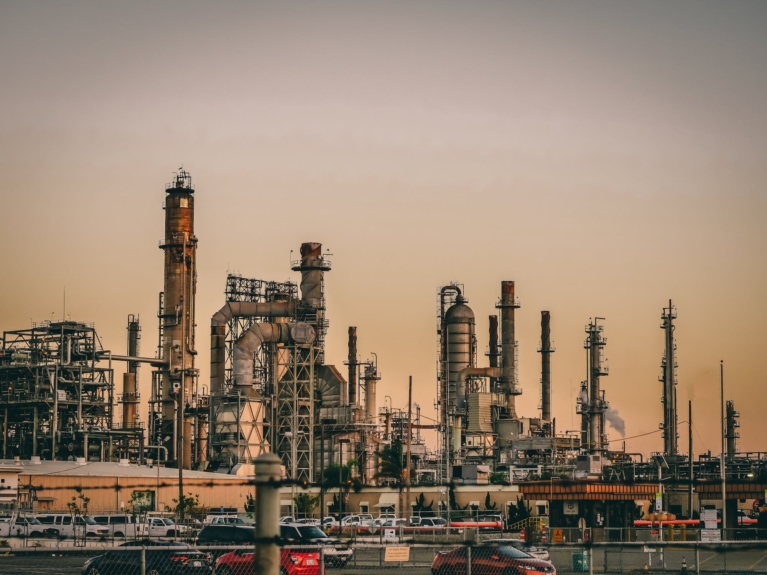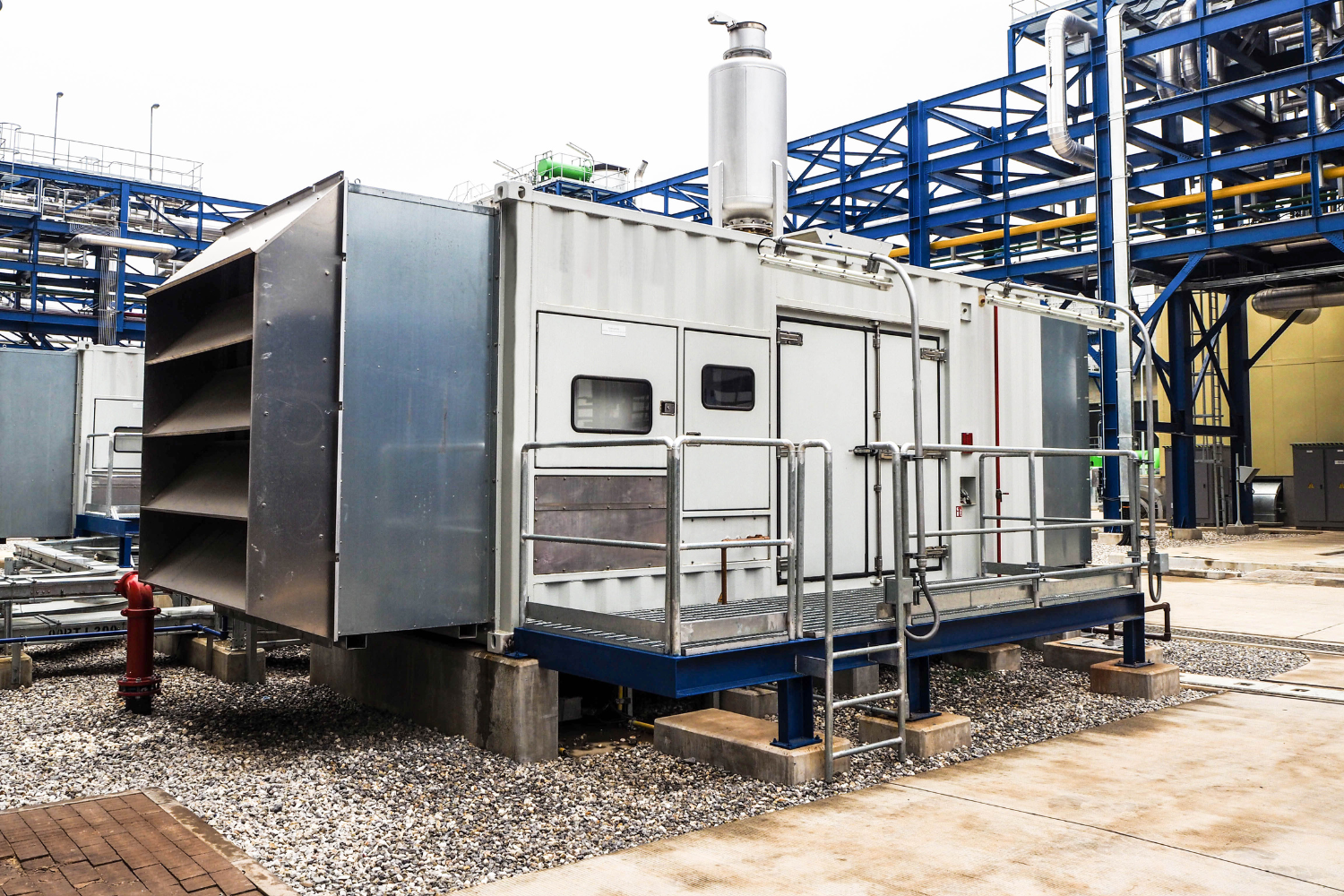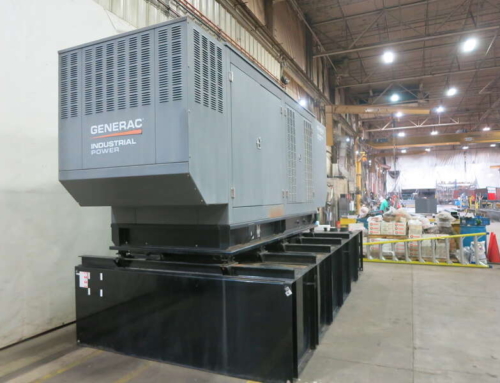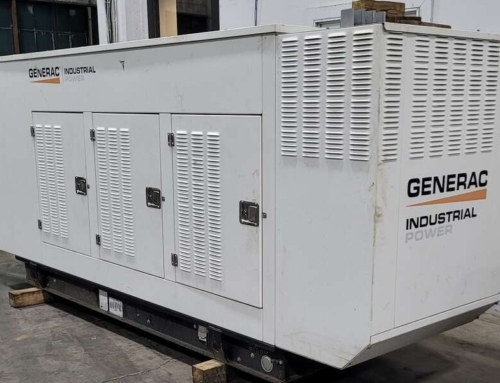A generator serves as a standby source of electrical power that typically operates during an outage or interruption to the main power supply. The lack of a reliable generator in place can lead to a significant loss of revenue for companies across industries. It can also put the safety of its staff and customers at risk.
There are several different types of generators which typically vary according to their size, external source, and applications. Generators can be classified as portable, inverter, standby, and large-scale industrial generators based on these factors.
Large industrial generators, specifically, are a prime power backup that are both efficient and useful for emergencies whenever there is a power outage. The global big generator market was valued at USD 15.16 billion in 2022 and is expected to grow at a CAGR of 9.4% from 2023 to 2030.
Most of these industrial generators can deliver emergency or prime power, and they start automatically as soon as the electricity from the utility provider shuts off and then return to standby when power is restored.
In this post, we will focus more on big or large-scale industrial generators, the mechanisms behind their power generation working, along with their applications.
What are Big Or Industrial Generators?
Industrial generators are versatile big-size equipment recommended for multiple industries, as well as for other demanding applications such as healthcare, agriculture, and communication, among others.
These generators operate in an industrial environment with a high demand for power for almost everything from machinery, lighting systems to computing centers and robotics.
This is also why these units are considered robust, large-capacity generators that can supply a long, continuous electricity supply.
How Do Industrial Generators Work?
An industrial generator works by electromagnetic induction to convert chemical or mechanical energy into electrical energy, not by manufacturing electricity.
This typically occurs by leveraging the prime power of motion to force electrons from an external source through an electrical circuit, transforming them into electrical energy.
The main components of an industrial generator are
- Engine
- Fuel system (natural gas or diesel)
- Alternator
- Voltage regulator
- Lubricating system
- Battery charger
- Control panel
- Cooling and exhaust systems
Top 7 Industrial Applications Of Big Generators
Industrial generators find varied applications across industries. Some of these are discussed below –
1. Healthcare
Healthcare is one of the most important and sensitive industries, with constant power requirements to run medical instruments. Without big generators to offer power backup in case of interruption or power failure, patients in medical facilities would be in danger.
Diesel generators are the most reliable backup power source here as they are easier to maintain and provide an uninterrupted power supply in case of need.
2. Manufacturing
Any kind of disruption or downtime can be quite detrimental in manufacturing facilities. For optimal revenues, any production line in a manufacturing unit must operate as required at all times, or it can lead to low volumes and poor-quality production.
For instance, manufacturing facilities with perishable goods have a very limited time to keep the products safe before they turn bad.
This is why one of the major applications of industrial generators is providing backup power for manufacturing facilities.
Industrial diesel generators provide backup or prime power supply in case of power outages or blackouts, protecting manufacturing industries from massive losses.
3. Mining
Mining is one industry where operations require constant power to keep mining equipment such as drillers, conveyor belts, lights, excavating machines, and cranes up and running.
Moreover, a backup power supply is crucial because mining application generally occurs in remote locations. This is why the mining industry relies heavily on portable generators and diesel for fuel options to power equipment in any kind of work conditions.
The constant need for electricity to power heavy equipment is also why the mining industry is such a big user of industrial generators, as even a slight downtime can affect efficiency and cause heavy losses.
4. Construction
Construction jobs are generally hard as every site is different with its own set of challenges. While machinery and a structured setup can help offset these challenges, they require constant backup power generation for high efficiency.
Therefore, most commercial constructionn sites and merging technologies in the world use industrial or big generators as both backup and main power sources.
Industrial diesel generators help prevent delays or intervention of projects, as they can create continuous power and help keep all the projects on track for completion. These generators power not just light sources but also equipment that could be important for finishing specific tasks and construction operations.
5. Commercial Operations
Commercial companies use a variety of equipment to run their operations smoothly. A big-size industrial generator is of great help here as it keeps all the equipment, including lights, heater, air-conditioned, security systems, and other equipment running.
This allows organizations to keep their regular operations running so they will not suffer losses in case of power blackouts.
Based on the size of the commercial generator, you can ensure the smooth functioning of lights and key computer systems and keep your regular daily operations up and running to avoid loss of money and productivity.
6. Power Plants
Power plants play a key role in running large-scale communities. However, they require reliable primary and backup power sources to keep the operations going and ensure that critical infrastructure maintains constant power access in the case of outages or power failure.
Diesel-based industrial or big-size generators are often an excellent choice for power plants to fulfill all the required needs. In case of lost power from the main grid, industrial generators are used to create power and run essential functions such as fans, pumps, hydraulic units, and other critical functions.
7. Oil And Gas Industry
The oil and gas industry is well-known for drilling and pumping operations requiring a strong and consistent energy supply. Industrial generators help drilling companies complete tasks efficiently and with minimal hassle.
The popularity of the industrial generator market for oil & gas applications accounts for a whopping USD 2.5 billion in 2021 alone.
In Conclusion
Industrial or big-size generators are indispensable for several businesses and industries across the globe. This is primarily because they help save money during regular practice and emergencies.
Besides, industrial generators are instrumental in preventing a blackout risk at crucial times of no power generation or outages.
Here we have discussed how different industries can use these generators to maintain security, avoid the risk of losses and generate revenue simultaneously.
If you are also looking for industrial generators for your respective industry, talk to the experts at Central State Diesel Generators about how you can choose a system that works best for your specific needs.
FAQs about Big Generators
1. How much does an industrial generator cost?
The cost of an industrial or big generator can vary depending on the generator’s brand and the KVA (kilo-volt amperes) that will be needed. In general, the higher the KVA, the higher the cost of the industrial generator.
2. Is it right to run a generator until the fuel runs out?
No, Running a generator until the fuel runs out can cause air to get into the system. Instead, the generator should have low fuel protection and a low fuel alarm for safety.
3. How do you determine what size generator you need?
The load requirement typically determines the size of the generator.
4. How long can you run a generator continuously?
Most of the time, you can run your generator continuously till the diesel is almost finished.









